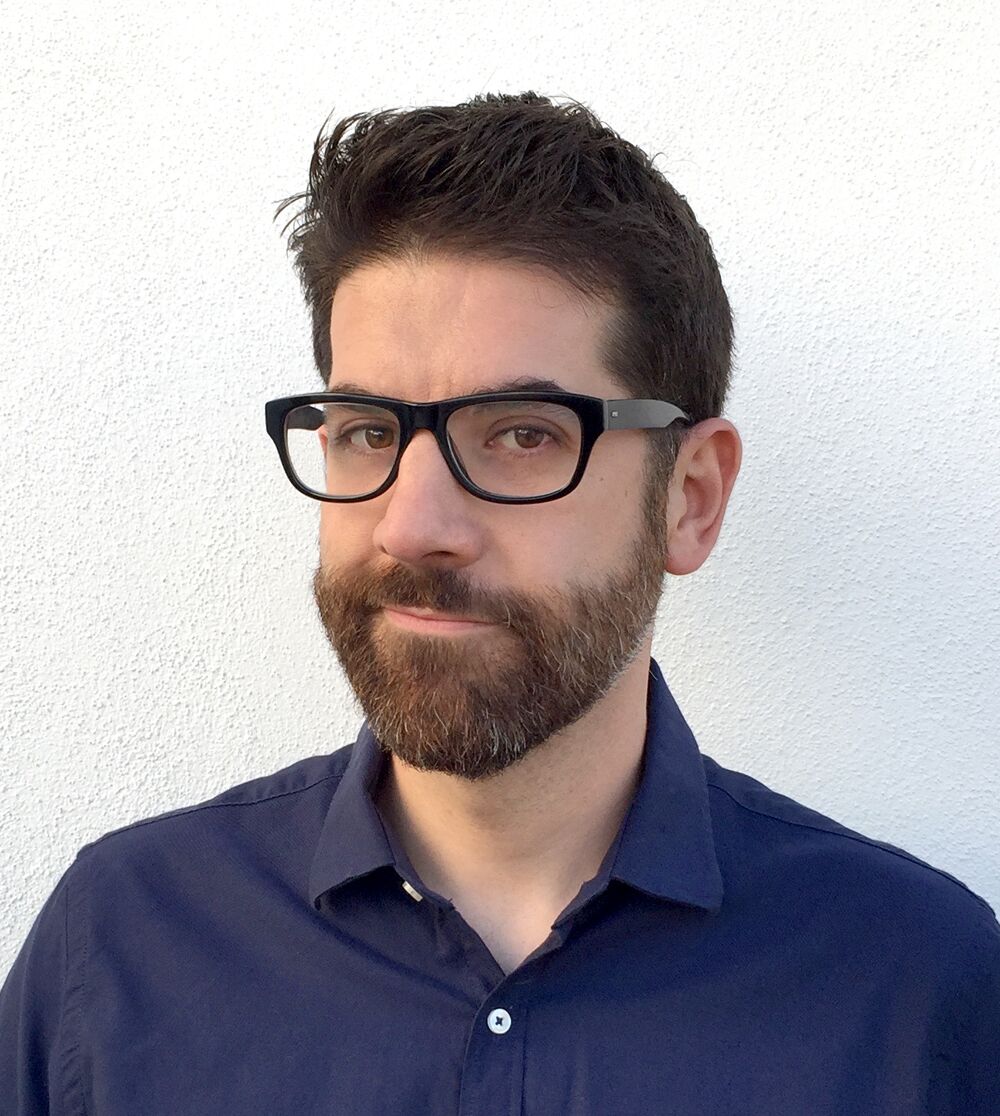Extinction
CURATED ARTCAST
Gregory Chatonsky (FR)
Curator: Pau Waelder
When we’re gone, what will be left? What will remain of our architecture, our infrastructures, our culture, and our memories? What will be found but tons of plastic objects and discarded, obsolete pieces of hardware that used to store every record of our lives? In his work, Grégory Chatonsky has frequently addressed the idea of extinction: that of the human race, in the face of the possible consequences of global warming, but also of memory, in a time when everything is stored in local hard drives and remote servers. This selection of videos presents a series of imagined landscapes, computer-generated 3D environments that lead us to explore a world without us, a land made of traces and memories, devoid of human presence but irretrievably marked by its absence.
Contact Art Advisor

Pau Waelder
Art critic and curator, researcher in contemporary art and new media.
PhD in Information and Knowledge Society, Universitat Oberta de Catalunya (UOC) and Bachelor in Art History from the University of Barcelona. He has developed his career with a continuing interest in contemporary art and digital art, which he has explored from different perspectives: curator, critic, academic researcher and also working with contemporary art galleries.
Gregory Chatonsky
Landfill
A panoramic video projection shows computer generated images of a barren earth. In a long and endless tracking shot the camera travels over the surface of this earth. Viewers will wonder about the nature of this uneven terrain, which they don’t quite know how to identify. Is it the moon, another planet, or a distant land ? The irregularities in the surface suggest excavations and the removal of materials from the soil. Perhaps this is, after all, our planet, but in a time that is difficult to envision. The video proposes a speculative view of an uninhabited earth, imagined in a very distant future after the extinction of the human race. In moving through the room visitors will arrive at this realization after having made the link with the exhibited objects.
Gregory Chatonsky
PostMatter
The exhibition is over. Some works were rows and other piers. The space has been cleared. Surfaces were digitized to keep track of. These 3D models can be reused to print these traces and reproduce the same exhibition. A software navigates infinitely on these 3D scans. Grafted onto this forms a material that reacts to movements. It invaded the area and transforms it.
Gregory Chatonsky
Hisland
The artist’s fingerprint is used to create a topography with a videogame engine. The software covers this unique glacial space randomly. Fonds D’Art Contemporain de la Ville de Paris, Air France Collections privées
Gregory Chatonsky
A rebours
Permanent installation in the library of the Ecole Normale Supérieure de Paris. The artist Grégory Chatonsky has digitized fragments of the ENS library. The imperfections and glitches of this digitization produce a paradoxical archeology where current technologies make possible to imagine the disappearance of places and functions. The probable future is revealed as « awfully old ». A program walks untiringly and randomly in these spaces and tries to exhaust. Perception will never be able to synchronize with the time necessary for this possible totality. The library of the school is immersed in a tension between the conservation guaranteeing its immunity and its disappearance. What is the role of conservation sites in the era of mass data? Does not the memorization of the facts and gestures of the anonymous modify the historicity itself? How to anticipate the work of historians to come up ?
Gregory Chatonsky
4 Ft X 7 Ft And 30 Computers
The title refers to the dimensions of the Google servers in 1998. We travels randomly and infinitely in this imaginary space. Audio : Christophe Charles

Gregory Chatonsky
Artist
Born in 1971 in Paris, France. Lives and works in Paris and Montreal.
Technologies, and in particular the Internet, are an important source of reflection for Gregory Chatonsky. Shaping the paradoxes of the network and the discrepancies between its technological and existential dimensions could summarize a research that unfolds on several mediums:
installation, video, photography, writing, drawing and sculpture.
His works could evoke infinite spaces in which the fragmentation of attention reigns. The network becomes a world in itself where the boundaries between technology and the human being become blurred. His practice attempts to draw the outlines of a new imaginary whose invention would be technical.
Grégory Chatonsky has participated in numerous solo and group exhibitions in France, Canada and abroad, including Imprimer le monde en 2017, at the Centre Pompidou, Capture : Submersion in 2016, at Arts Santa Mònica Barcelona, Walkers: hollywood afterlives in art in 2015, Museum of the Moving Image in New York, Telofossils in 2013, at the Museum of Contemporary Art in Taipei, Erreur d’impression in 2012, at the Jeu de Paume.